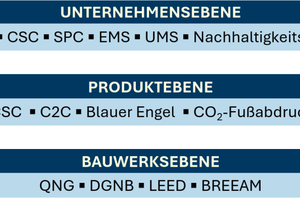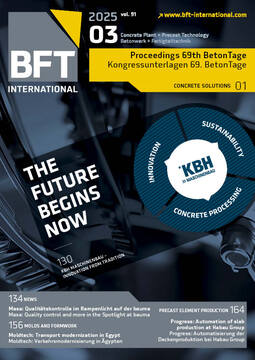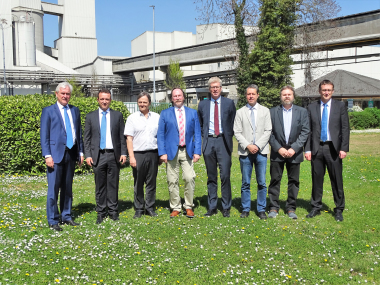Building sustainably? Environmental information for construction products, construction works, and businesses
The growing significance of socio-political issues, such as climate and resource protection, sustainability, and transparency in the supply chain, has increased the demands imposed on manufacturers of building materials and structural components: More than ever, they must focus on the environmental quality of their products, determine their environmental impact, communicate the required information, and align their own mission with the new issues.
The impetus for sustainable business practices can come from a variety of sources, including customer demand, the lending practice of banks (which also apply sustainability criteria), grant funding, and other non-legal areas. Additional legal requirements are gradually coming into force, such as the transparency requirements of the Construction Products Regulation and the EU taxonomy.
In the voluntary sector, there is a large market of different management and certification systems and available labels that incorporate environmental and sustainability aspects at the product, company, or building level.
It is essential to develop a thorough understanding of the objectives, content, technical background, and context of the individual systems. After all, the goal is to generate the greatest possible benefit for the business in a cost- and time-efficient manner.
At any rate, regardless of the type of certification sought, an in-depth study of the environmental impact of businesses and products raises the awareness of one’s own processes, including the following aspects:
expanding knowledge of the company’s own products and production processes
saving costs
stimulating innovation
reducing environmental impact
Certification is thus one of the possible approaches to laying the foundation for building sustainably.









